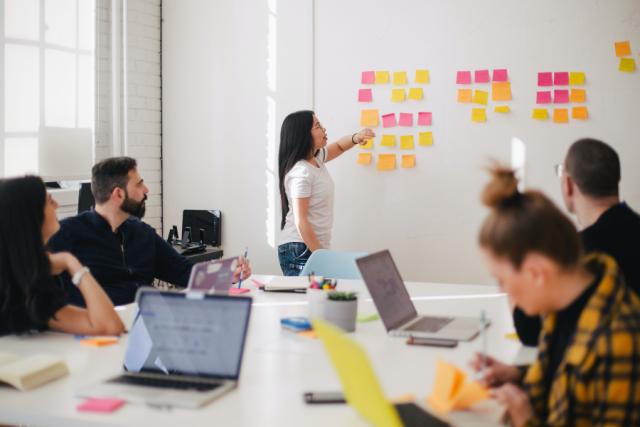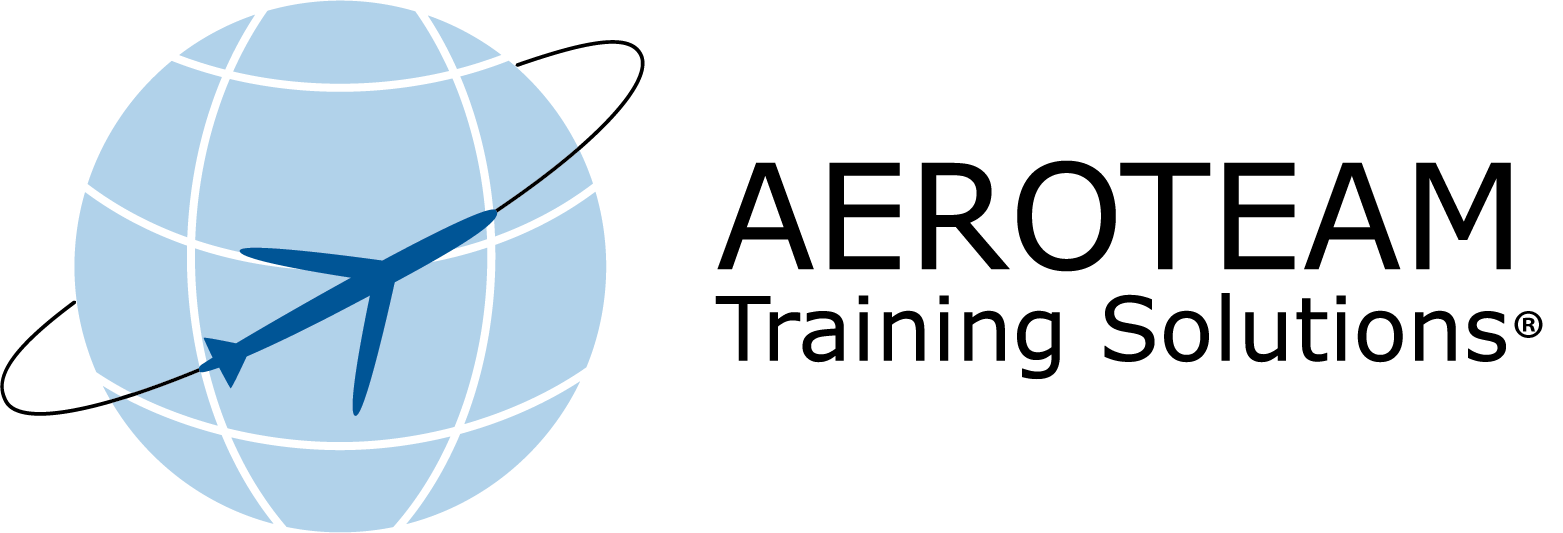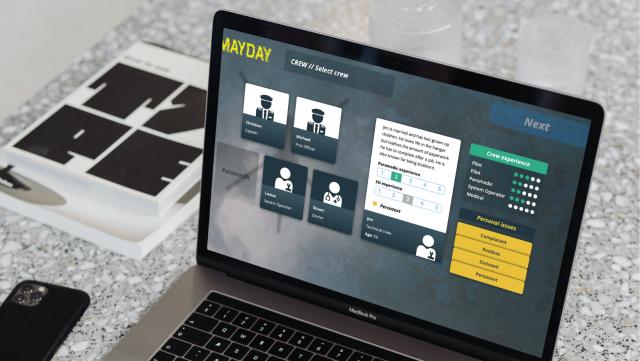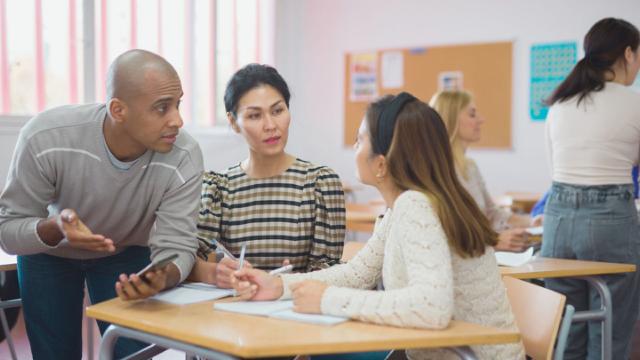
How to Master the Art of Facilitation
The foremost duty of a facilitator is to focus on the ‘group process’ and enable people to enhance their knowledge. Contrary to popular belief, facilitation is not a natural talent that some individuals are gifted with. Facilitation is a skill to be learned.

Facilitation, like aerobatics, is a form of fine art.
Developing a new skill requires patience, practice, and a willingness to change perspective. Do you think that the aerobatics pilot threw in the towel after his first failed loop?
Certainly not! If you want to become the new facilitation wizard in your training department, you must allow the group take charge of their learning process.
An Objective Mindset
A good facilitator is not the same as a keynote speaker...
An Objective MindsetYou have probably attended workshops where the facilitator took on the role of self-appointed keynote speaker – rather than the objective ‘helping hand’ that steps in when the group is at an impasse.
As a facilitator, your number one priority is the group process. Your job is to support the group to reach the desired training outcome. And you will do so by being objective, impartial, and readily prepared to monitor and assess their ability to:
- Work together as a team
- Make informed decisions
- Solve the task at hand
- Communicate in a respectful and efficient manner
Your job is not to do the work for the group. Your job is to continuously observe, interpret, and provide feedback. This will help the group reach a common understanding and bring their ideas and solutions to life.
Read more: Active Learning: The Training Standard of the Future

Skills Take Time
Reading a ‘How to’-article (like the one you are reading now) will of course not turn you into a facilitation guru overnight. But you can help yourself by structuring and planning the process effectively.
To reach your goal of becoming a master facilitator, we have compiled four steps for you:
- Make a plan – and stick to it
- Observe behaviours and attitudes displayed by the group
- Offer guidance to the group – help them find a way to resolve the conflict
- Provide and receive feedback for improvement






